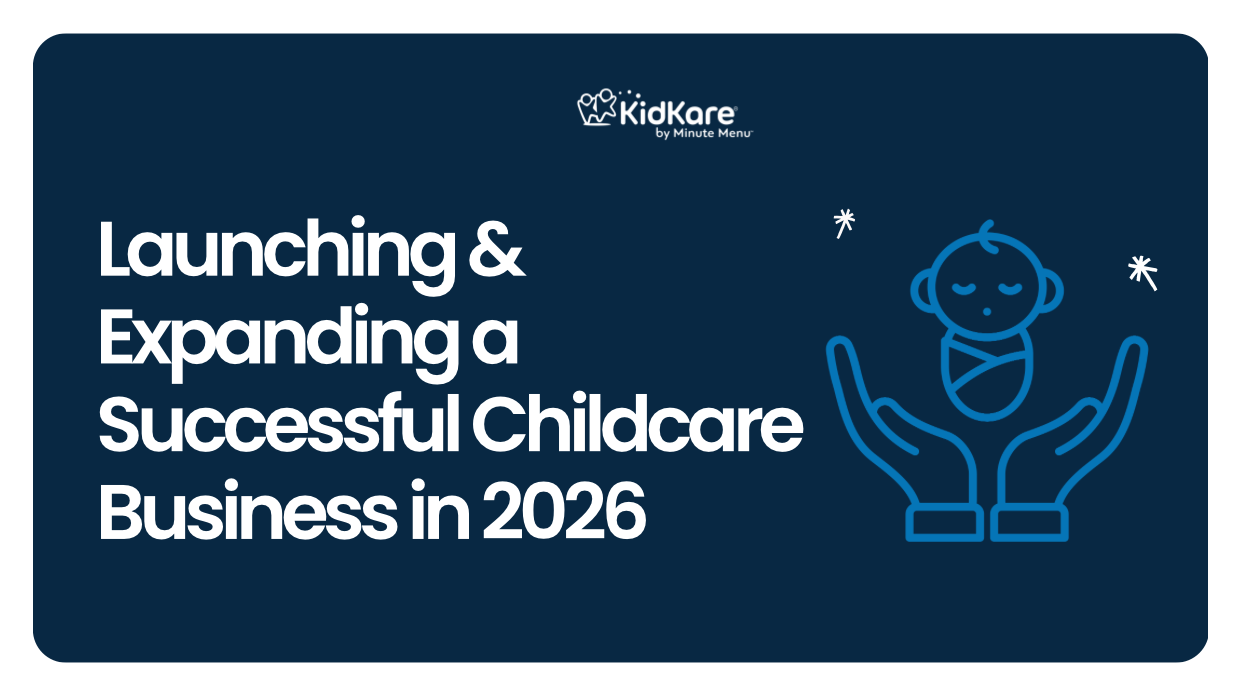
In today’s rapidly evolving childcare landscape, entrepreneurs need to stay ahead of emerging trends and requirements. Whether you’re an experienced provider looking to expand or a newcomer to the industry, this comprehensive guide will illuminate your path forward. With actionable strategies for securing funding, navigating licensing requirements, and maximizing benefits from the Food Program, you’ll be well-positioned to build a thriving childcare business in 2026.
Starting or expanding a childcare business represents both a meaningful personal journey and a significant business venture. It offers the opportunity to make a lasting impact on children and families while building a sustainable enterprise that meets critical community needs.
Before launching your childcare business, it’s essential to thoroughly research the current market conditions. The childcare sector continues to evolve in 2026, with increased demand for specialized care options including:
Consider which childcare business model aligns with both market demands and your personal vision. Will you establish a home-based program or a larger center? What age groups will you serve? These fundamental questions will shape your business structure, funding requirements, and regulatory obligations.
A comprehensive business plan remains the foundation of a successful childcare operation. Your plan should articulate clear business objectives, operational strategies, and detailed financial projections that reflect current market conditions.
Your business plan should include:
Operating a compliant childcare business requires adherence to your state’s Child Care Licensing Agency regulations. In 2026, many jurisdictions have implemented enhanced requirements focusing on:
Remember that licensing requirements often vary between states, counties, and municipalities. Always verify current regulations with your local licensing agency to ensure full compliance with all 2026 standards.
The Child and Adult Care Food Program (CACFP) continues to provide vital financial assistance to childcare providers in 2026. This federal program offers reimbursements for nutritious meals and snacks that meet established dietary guidelines.
Participation in the Food Program delivers multiple benefits:
The 2026 CACFP guidelines emphasize whole foods, culturally diverse meal options, and reduced processed ingredients. Familiarize yourself with the latest requirements to maximize reimbursements while promoting children’s health.
Launching or expanding a childcare business requires significant capital investment. Fortunately, 2026 offers expanded funding opportunities for childcare entrepreneurs, including:
Research current grant opportunities through your state’s childcare resource and referral agency, economic development department, and federal program portals.
A thriving childcare business depends on strong community connections. Engage with professional organizations that support childcare providers through:
Key organizations to consider in 2026 include:
In 2026’s competitive labor market, attracting and retaining qualified childcare professionals requires innovative approaches. Consider these strategies:
Regular training ensures your team remains current with best practices in child development, health and safety protocols, and family engagement strategies.
The most successful childcare businesses in 2026 embrace technology to streamline operations and enhance service quality. Consider implementing:
Investing in integrated technology solutions reduces administrative burden while improving program quality and parent satisfaction.
Effective marketing remains essential for attracting and retaining families in 2026. Develop a multi-channel approach that includes:
Track marketing metrics to determine which channels deliver the highest quality leads and adjust your strategy accordingly.
Launching or expanding a childcare business in 2026 presents both unique challenges and exciting opportunities. With thoughtful planning, adequate funding, and strategic implementation, your childcare business can thrive while making a meaningful difference in your community. Focus on creating a safe, nurturing, and stimulating environment that supports children’s development while building a sustainable business model that ensures long-term success.